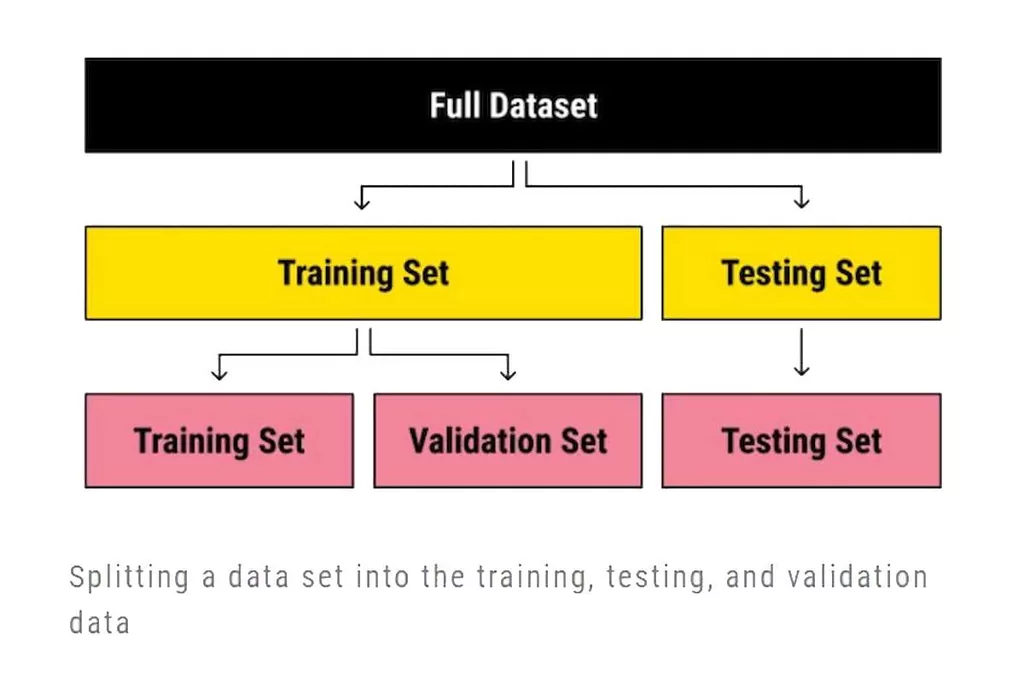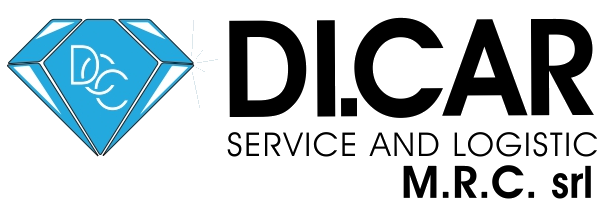10 Groundbreaking Examples of Embedded Systems Technology A Transformative Journey
Dicembre 28, 2022The WCO-3400 Series is fanlessly cooled by heatsinks that transfer heat away from the internal heat-generating components to the outer enclosure, which dissipates the heat into the air surrounding the PC. The WCO-3400 Series is great for deployment in food and beverage processing plants, outdoor digital signage, outdoor surveillance systems, automation and control, and military and defense applications. This is so because they are capable of performing reliably and optimally even when exposed to water splashes from all directions, thanks to the WCO-3400 Series’ IP65/67 rating.
As you can see, due to the flexibility of the system, Linux can be used in any application. This device has a custom PCB that is based on ESP32, so it has bluetooth and wifi integrated. On the other hand, it has LED lights integrated, examples of embedded devices rotary encoders, an OLED screen, a connector for LiPo Battery, and an I2C port for future sensor expansions. Years ago, it was hard to think about a “flying camera” that would go everywhere to record amazing videos.
How Thales implemented developer-driven security
For embedded computers to function in such volatile environments that experience extreme temperatures and sand storms, systems must be rugged to operate reliably 24/7. An embedded computer is a specialized computer system that is often characterized as a single system in a bigger machine or system. Embedded computers are used to run specific applications to perform predetermined functions.

Embedded systems refer to the use of software and electronics with a dedicated purpose within a larger system or product. Embedded systems are far more ubiquitous than the general-purpose computer found in almost every home. GPS (Global Positioning System) systems are another example of embedded systems in action. These systems use a network of satellites orbiting the Earth to provide precise location and navigation information to users.
#6 – Cooling Solution
Embedded system is the combination of software and hardware as micro controller or microprocessor based system that is designed to perform a certain task. Now, here we will guide you in detail about what is embedded system with its examples and types; and involving many application of embedded system with ease. After reading this post, you will be getting fully educated about What is embedded System with ease. When it comes to understanding the underlying hardware and system software when designing middleware software, it is critical that, at the very least, developers understand the entire design at a systems level. An embedded system contains a microprocessor or microcontroller that is typically designed to perform computation for real-time operations.
- They must simultaneously react to stimulus from a network and from a variety of sensors, and at the same time, retain timely control over actuators.
- In Solwit, for one of our clients, we developed selected functionalities of such a platform and took part in creating the architecture of certain functionalities and launching a new prototype of the solution.
- There are many things with embedded systems incorporated in the Internet of Things (IoT), as well as in machine to machine (M2M) devices.
- Accessing a memory address that no longer points to valid data, or incorrectly sharing data between threads, can cause your entire application to crash.
Remember that embedded systems are sensitive devices with limited hardware and software resources. It’s thus of pivotal importance to keep in mind the best practices regarding application security and performance. If an embedded system has to perform complicated, resource-intensive operations, its hardware may comprise multiple processors, with various interconnected peripherals. If, however, it’s designed to do a simple task, it may just contain a single microcontroller. The industry is also fond of all kinds of optimization of production processes.
Examples of Embedded Systems
Though there is a limitation of memory and functionality, its portability and handy systems are useful for all people. The best example that we can connect easily is mobile phones, laptops, and calculators. Laser Printers are one of the examples of Embedded Systems which uses embedded systems to manage various aspect of the printing.

The vehicle needs to send data such as video or pictures during critical situations in near real-time for feedback and support. Many companies use this operating system for their embedded application development. On the downside, existing reviews about the development environment state that it is hard to use compared to other tools. Still, if you are planning to develop a great scale project in your company, INTEGRITY may very well fit your needs. INTEGRITY is an RTOS for embedded devices applied in many areas such as satellites, rail trains, or industrial robots. Because of its features, its use is very extended, which makes it a very tested and stable OS.
Top 4 Embedded Operating Systems with Examples (2023 Update)
Rugged industrial embedded computers are engineered and built for deployment in the most extreme environments. Everything from the internal components to the outer enclosure is designed and built for robustness and durability. For example, the external enclosure is built using extruded aluminum and heavy-duty metals, making it durable and resistant to corrosion. Additionally, the internal components have https://www.globalcloudteam.com/ a wide operating temperature range, ranging from -40⁰C to 85⁰C, allowing rugged PCs to be deployed outdoors in NEMA enclosures. Embedded PCs feature three types of connectivity options to connect to other devices and the internet. Most embedded systems from Premio come configured with a minimum of 2x RJ45 GigE LAN ports, offering blazing fast wired connectivity to sensors, devices, and the internet.

We need an approach somewhere in between that of Esterel and that of today’s real-time operating systems, with the safety and predictability of Esterel and the adaptability of a real-time operating system. In simple terms, it is a system dedicated to a solution or functionality that runs in some other, more extensive system. In such devices, reliability and timeframes for performing a specific task may be of great relevance at times. In most cases, it comprises hardware and software parts, along with specialized algorithms. Furthermore, fanless mini computing solutions come as fanless solutions or rugged fanless solutions. Both fanless and rugged mini PCs are capable of being deployed in challenging environments often exposed to dust, debris, shocks, vibrations, and extreme temperatures.
Automatic washing machines
That said, regardless of whether you choose to use an SoC solution or a socket solution, both can be passively cooled, creating a rugged system that’s capable of being deployed in challenging environments. Real-time operating systems often support tracing of operating system events. A graphical view is presented by a host PC tool, based on a recording of the system behavior.
As such, systems that are configured with GPUs are not completely fanless. The CPU may still be fanlessly cooled, but the GPU will require active air cooling, meaning the system will not be completely fanless. That said, systems with GPUs are still ruggedly designed and can be deployed in some of the same environments as can completely fanless systems. However, hard drives are still used by some customers because they provide large volumes of data storage at attractive prices. As such, for organizations that want to store massive amounts of data on an embedded device, hard drives still make sense because they are the cheapest form of device storage.
Washing machine
In short, they are simply a combination of computer hardware and software tools. Specifically, the term refers to hardware that has been embedded with a particular kind of software to perform a concrete function. Embedded systems engage the physical world, where multiple things happen at once. Reconciling the sequentiality of software and the concurrency of the real world is a key challenge in the design of embedded systems. Classical approaches to concurrency in software (threads, processes, semaphore synchronization, monitors for mutual exclusion, rendezvous, and remote procedure calls) provide a good foundation, but are insufficient by themselves.





